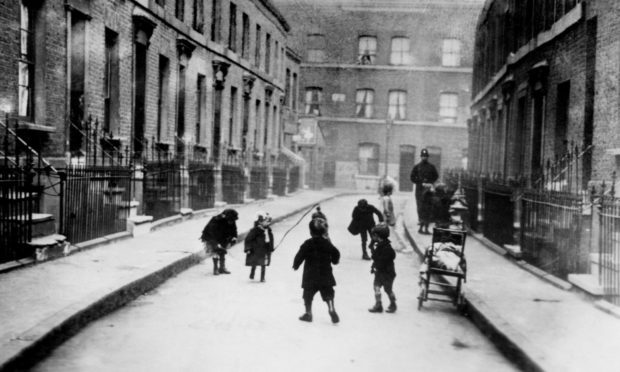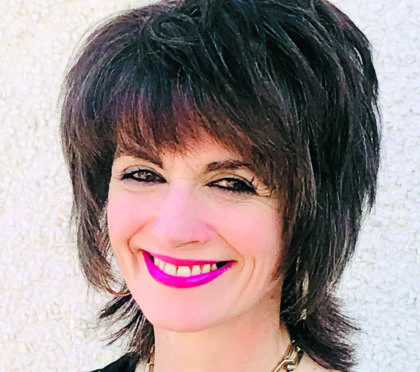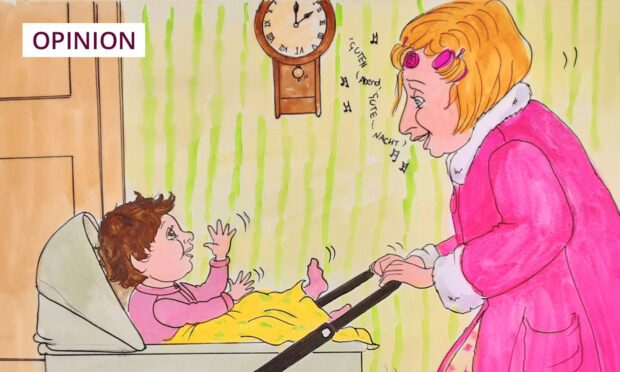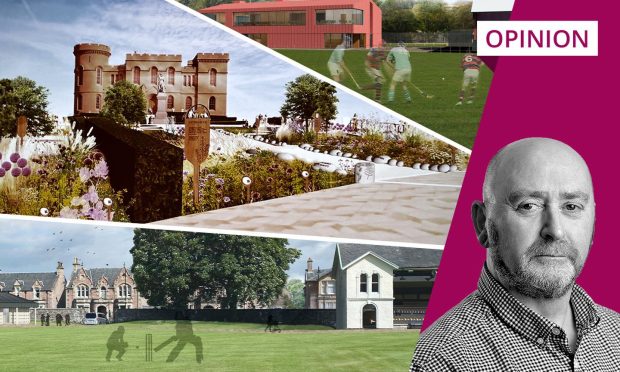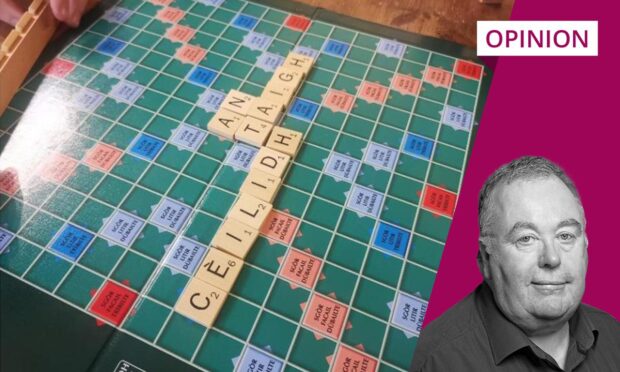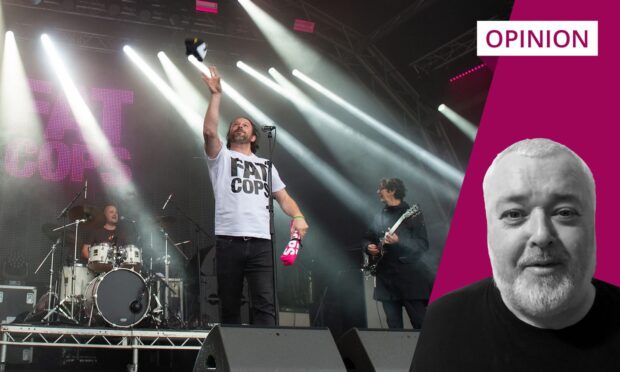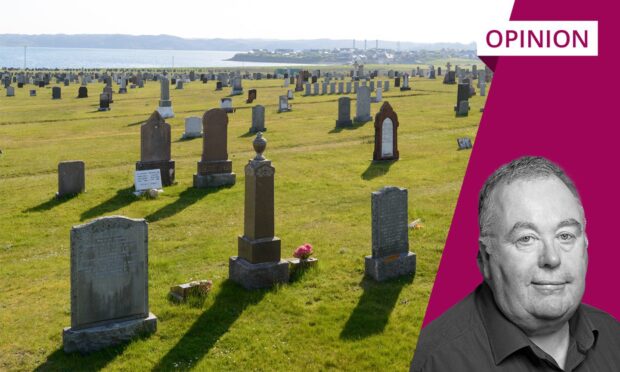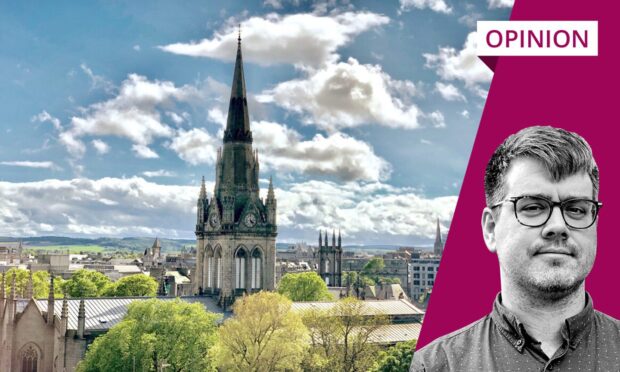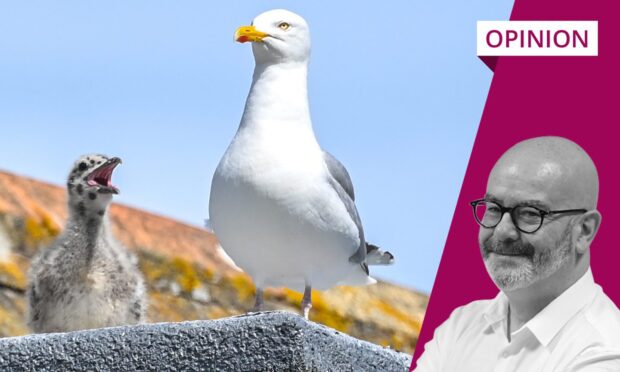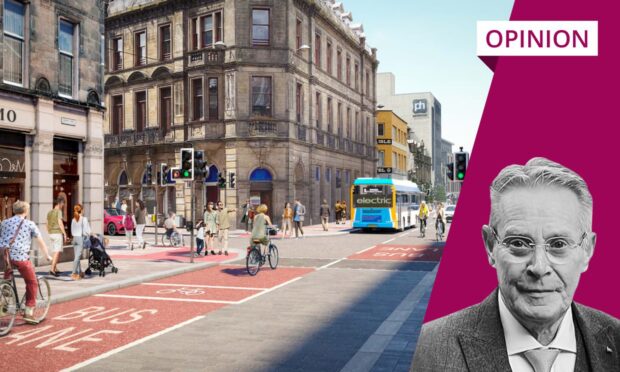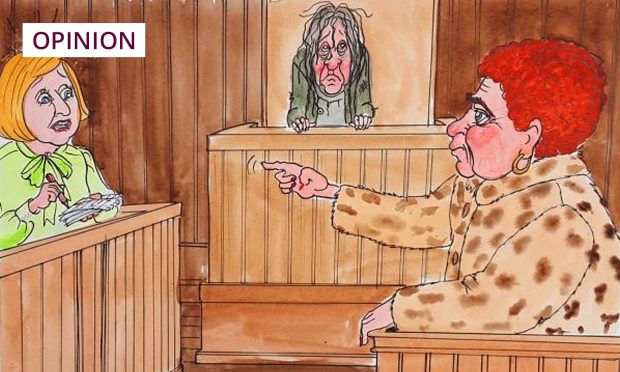The news footage of a young mother’s slipper sinking into her living room carpet showed the sickening squelch of water oozing underfoot, accumulating beneath the constant trickle from the ceiling above.
Then there was the sinister black fungus spreading like grotesque acne across the walls, the peeling paint of saturated plasterwork, and a rising tide of dirt, mould and despair.
Bottles of Olbas oil were in camera shot, redundant measures to help her children’s developing lungs function in an environment that no child should live in. The mother’s face battled tears, and her children battled to breathe.
Who could watch the news footage this week from tower blocks in Croydon, South London, without feeling shocked disbelief that such living conditions exist, but worse, that they were sanctioned not by a private slum landlord, but by a council? An outcry ensued.
The housing secretary, Robert Jenrick, said he was “disgusted”. Dame Judith Hackitt, who led the investigation into the Grenfell Tower fire, described conditions as the worst she had ever seen. And an independent environmental hygienist warned of the danger of electrocution, saying it was hard to believe the pictures were of 21st-Century Britain.
People living in social housing must be treated with dignity and respect. And their complaints handled effectively.
That’s the heart of our recent Charter on Social Housing.
I’m appalled by what has occurred in Croydon and will be seeking urgent answers from Croydon Council. https://t.co/PQXejGWWMk
— Robert Jenrick (@RobertJenrick) March 22, 2021
There is something fundamental about the concept of home. “Shelter” is one of the basic human needs identified by Maslow, but “home” is so much more than shelter. Even watching the way children play “houses” with such fastidious attention to detail tells us much about human need.
They construct a palace of comfort and security, delineating areas with blankets for beds, and stoves for cooking, tea sets laid out with precision and biscuits piled on miniature plates. Their kingdom.
I felt a kind of sick anger watching the footage from Croydon because councils are funded by taxes and represent all of us. In Scotland, local authorities have a statutory duty to assess and assist with housing, and that is as it should be.
There are certain things that are the visa stamps on life’s passport and enable us to journey, that are not privileges but rights, simply because we are human and alive and worthy of respect. Access to healthcare. Access to education. And access to decent housing.
Journalism’s DNA
But I also felt a sense of pride in what the media can achieve. Because no matter what negatives are pinned – sometimes with absolute justification – against journalism for its spin and distortion, its intrusion and its cynicism, it is a powerful force in any democracy. This is its DNA: it’s about holding power accountable; about providing a voice for the silenced; about demanding justice in the face of systemic injustice; about fishing out a yes in a sea of no. It’s about telling the powerful that the world is watching.
The day after that news footage was shown, the young mother was moved from her dangerous, unsanitary living quarters, after long months of battling authority.
It was impossible not to notice that the majority of faces filmed in that news piece were black. Housing figures illustrate that far more black and mixed race households live in accommodation classified as “non decent homes” than white households.
One Croydon interviewee said that when phoning the council, he had stopped giving his name as Leroy McNally. The response was better when he said simply, “Mr McNally”. How would we hear his experience without that reporter and his film? The camera is the world’s eyes.
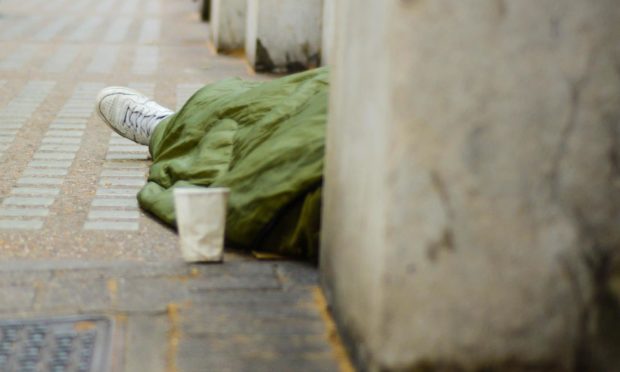 Scottish homeless figures have just been released showing a 99% increase in the use of temporary B&B accommodation in the last six months. We need more affordable housing.
Scottish homeless figures have just been released showing a 99% increase in the use of temporary B&B accommodation in the last six months. We need more affordable housing.
In Govanhill, Glasgow, a local authority has, with the help of the Scottish Government, raised money to take slum accommodation out of the hands of landlord sharks and into social ownership.
Quite right but we need more. The housing charity Shelter estimates that Scotland needs £3.4 billion over five years to build the 53,000 more affordable homes to meet its homeless crisis.
Stay safe. Stay home. How poignant those Covid health messages are when viewed against the backdrop of homelessness in Britain.
The increase in the use of B&B accommodation suggests that we have swept the homeless off the streets for our own safety during Covid. But when the immediate danger passes, we need to find a more permanent solution for the sake of their safety.
A place of warmth and security. A place they can call what the rest of us take for granted: home.
